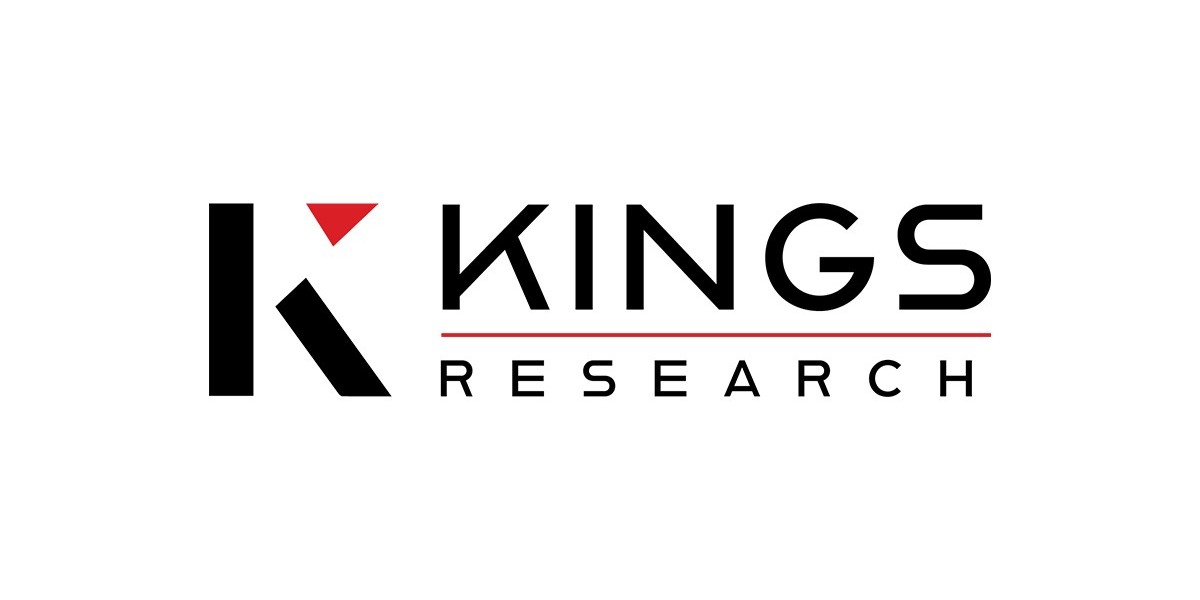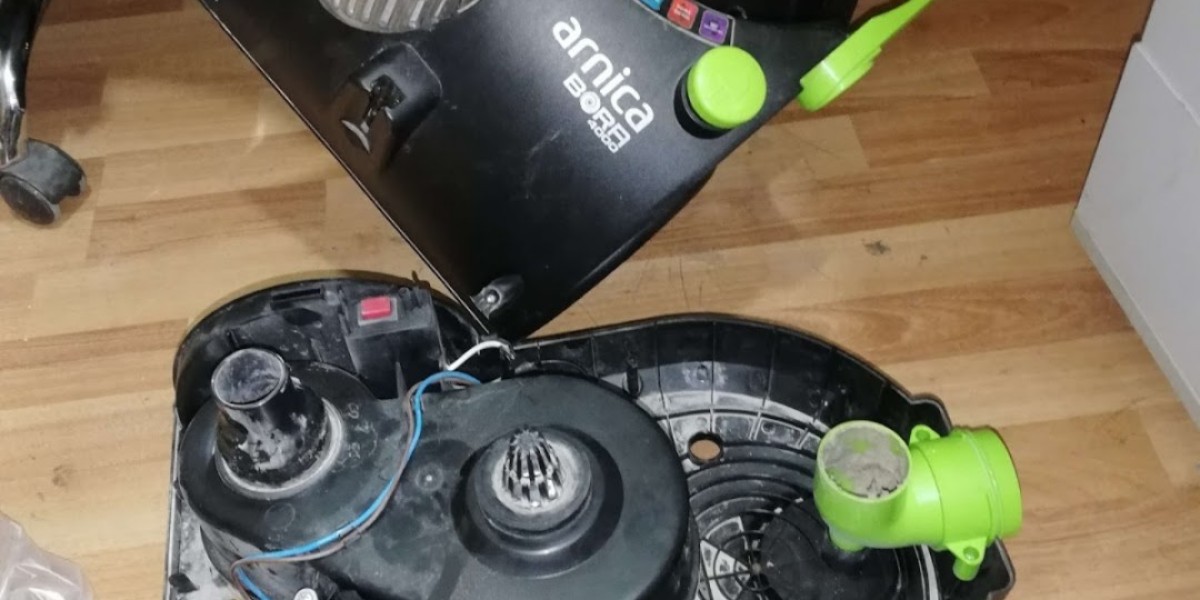Triplex cable is a fundamental component in modern overhead power distribution, particularly for delivering electricity from utility poles to residential buildings. Whether you're an electrical contractor, engineer, or property developer, understanding triplex cable can help you make informed, cost-effective, and safe installation decisions.
This comprehensive guide dives deep into what triplex cable is, its construction, key specifications, applications, and buying tips — all while following EEAT principles and SEO best practices to ensure you get the most authoritative and trustworthy information available.
? What Is a Triplex Cable?
Triplex cable is a type of overhead service drop cable that consists of three conductors:
Two insulated phase conductors
One bare or neutral messenger conductor
These three are twisted together in a helix formation to maintain spacing and reduce electrical interference.
? Construction of Triplex Cable
| Component | Material | Description |
|---|---|---|
| Phase Conductors | Aluminum (often AAC or AAAC) | Insulated with cross-linked polyethylene (XLPE) for durability |
| Neutral Messenger | Aluminum alloy or ACSR | Provides mechanical support and acts as the ground/neutral |
| Insulation | XLPE or HDPE | UV resistant and suitable for direct exposure to sunlight and weather |
Note: Copper is rarely used due to weight and cost; aluminum offers a high strength-to-weight ratio, making it ideal for aerial setups.
? Key Specifications
| Specification | Typical Value |
|---|---|
| Voltage Rating | 600V |
| Temperature Range | -40°C to +90°C |
| Conductor Size Range | 6 AWG to 4/0 AWG |
| Standards | ASTM B-231, B-232, B-399; ANSI/ICEA S-76-474 |
These specs ensure triplex cables meet stringent performance requirements for residential and light commercial distribution.
? Common Applications of Triplex Cable
Overhead Service Drops: Connecting utility poles to residential meter bases
Temporary Power Installations: Especially for construction sites
Suburban and Rural Electrification: Where underground cabling is cost-prohibitive
Light Industrial Overhead Lines: Small plants and warehouses
? Why Use Triplex Cable?
Advantages:
✅ Cost-Effective: Aluminum is cheaper and lighter than copper
✅ Efficient Installation: Pre-twisted design reduces labor and setup time
✅ Weather-Resistant: Insulation materials resist UV rays and temperature swings
✅ Mechanical Support: Messenger wire eliminates the need for separate support structures
Ideal for: Utility companies, construction contractors, and rural electrification projects
? Triplex Cable Sizes and Ampacities
| Conductor Size (AWG) | Neutral Size | Ampacity (at 75°C) | Approx. Weight (lbs/1000 ft) |
|---|---|---|---|
| 6-6-6 | 6 AWG | 40 A | 105 |
| 2-2-4 | 4 AWG | 95 A | 195 |
| 1/0-1/0-2 | 2 AWG | 150 A | 290 |
| 4/0-4/0-2/0 | 2/0 AWG | 230 A | 460 |
Always consult your local NEC (National Electrical Code) or AHJ (Authority Having Jurisdiction) before finalizing cable size.
? How to Select the Right Triplex Cable
When choosing the best triplex cable, consider the following:
? 1. Load Requirements
Determine total ampacity needed for your application.
Factor in future load growth for scalability.
? 2. Installation Environment
Choose weather-resistant insulation if exposed to direct sunlight or moisture.
Ensure messenger wire strength matches span distance and sag requirements.
? 3. Compliance and Certifications
Verify compliance with UL, ANSI/ICEA, and ASTM standards.
Ensure compatibility with utility provider regulations.
? 4. Budget Constraints
Balance quality and price.
Aluminum reduces material cost but ensure it’s compatible with lugs and connectors.
? Triplex Cable Installation Guidelines
Important Installation Tips:
Use approved strain reliefs and dead-end clamps on the neutral messenger.
Maintain proper sag and tension based on span length.
Keep clearance from trees, buildings, and other conductors as per NEC.
Ensure proper bonding and grounding to protect against surges.
⚠️ Safety Checklist
Wear PPE (Personal Protective Equipment)
De-energize circuits before making connections
Use insulated tools
Follow local codes strictly
? Real-World Example: Residential Service Drop
Scenario: A contractor needs to install an overhead connection for a new suburban home.
Distance from pole to house: 60 feet
Load requirement: 125 amps
Recommended cable: 1/0-1/0-2 Triplex
Reason: Sufficient ampacity (150A), manageable weight, meets NEC 310.15(B)(16)
? Frequently Asked Questions (FAQs)
Q1: Is triplex cable rated for underground use?
A: No. Triplex cable is specifically designed for overhead applications. For underground, use URD (Underground Residential Distribution) cables.
Q2: Can I use triplex cable indoors?
A: It’s not recommended. Triplex cable is not NEC-approved for interior wiring. It's engineered for aerial outdoor use only.
Q3: What’s the difference between ACSR and AAAC in messenger wire?
ACSR (Aluminum Conductor Steel Reinforced): Offers higher strength, used for longer spans.
AAAC (All-Aluminum Alloy Conductor): Lighter, corrosion-resistant, preferred in coastal or humid climates.
Q4: Does triplex cable require conduit?
A: Not in standard overhead applications. However, where protection from mechanical damage is necessary (e.g., entering a building), conduit is required.
? Comparison: Triplex vs URD Cable
| Feature | Triplex Cable | URD Cable |
|---|---|---|
| Application | Overhead | Underground |
| Insulation | XLPE, weatherproof | XLPE, waterproof |
| Messenger Wire | Included | None |
| Installation Cost | Lower | Higher |
| Conduit Required | No (except transitions) | Yes (in most jurisdictions) |
? Buying Guide: What to Look for
When sourcing triplex cable:
Check for certifications: UL listed, ASTM-compliant
Request a datasheet: To confirm physical and electrical characteristics
Buy from reputable suppliers: Ensures traceability and support
Ask for cut-to-length services: To reduce on-site waste and cost
? Industry Insights & Demand Trends
Global aluminum conductor demand is rising due to electrification projects.
Triplex cable continues to be a preferred choice in areas where underground installation is cost-prohibitive.
Smart grid integration is prompting a shift toward higher ampacity conductors, increasing demand for larger triplex sizes.
? Engage With the Experts
Have questions about installation, sizing, or compatibility?
Speak to a licensed electrical engineer
Collaborate with your utility provider for spec compliance
Use load calculators to estimate ampacity requirements







